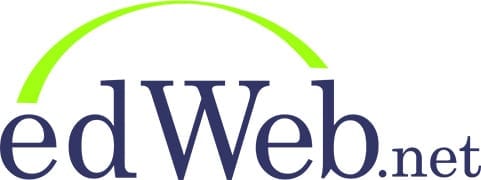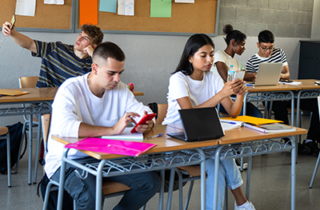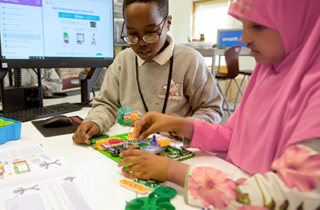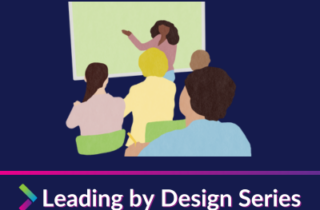In the edLeader Panel “From CDs to AI: Congressional Briefing on 20 Years of Speak Up Research,” Dr. Julie A. Evans, CEO of Project Tomorrow and the founder of the heralded Speak Up Research Project, along with a panel of students, had a conversation about decades of trends and the latest shifts in digital learning today.
If schools and communities only had to worry about youth smoking now, they would be winning, according to Amy Taylor, Chief of Community Engagement for Truth Initiative. Only about 2.3% of the youth population smoked in 2021 compared to 23% in 2000. Unfortunately, though, right before the pandemic, 27% of youth were vaping, and that fight is ongoing.
Improving schools requires an intentional, continuous process. To give learners the best possible learning experiences, leaders must strategically map out plans that engage multiple stakeholders in driving change.
Kevin Baird, Chairman of the Global Center for College and Career Readiness, and Ruth Brus, National Faculty at the Center and Vice President of Learning Services at Meteor Education, explored these questions in the edLeader Panel “Best Leadership Practices: Managing Devices and Technology for Distraction-Free Learning.”
As the demand for STEM skills grows, so too does the question of if and why we need it in the classroom. During the edLeader Panel “Implementing Successful PBL + STEM Initiatives,” Jorge Valenzuela, education leadership coach, author, and Lifelong Learning Defined podcast host, talked with Superintendent of Bridgeport-Spaulding Community School District (MI) Mark Whelton and STEM Facilitator at The Oakwood School (NC) Christopher Young about how to bring project-based learning+ and STEM to schools.
While artificial intelligence and machine learning are not new technologies, recent leaps in the technology driving these tools are rapidly transforming our day-to-day lives. From sophisticated software programs that amazingly interpret keystrokes before they are made to financial institutions predicting purchasing habits to tools like ChatGPT creating sophisticated marketing materials, AI, or rather, generative AI, has burst onto the scene seemingly overnight.
While similar numbers of students have dyscalculia in relation to dyslexia, the amount of research done for dyslexia far outreaches the other. In fact, it wasn’t until 1985 that researchers developed a cognitive model for numerical and calculation processing, and it wasn’t until the 2000s that students could be assessed for dyscalculia.
Approximately one decade ago, the Next Generation Science Standards (NGSS) were published, providing a new, hands-on way of teaching K-12 science. In the edLeader Panel “Next Generation Science Standards: Exploring Ten Years of Progress in Science Education,” four specialists in the field of science education took us through the history and impact of the NGSS, how assessments and educational practices have changed to work with them, and the challenges they pose.
The sudden release of ChatGPT to the general public in November of 2022 presented a number of new challenges to educational leaders, forcing them to add consideration of artificial intelligence (AI) systems to their to-do lists, which were already too long.
One of the most important roles of a leader is the development and implementation of a plan. How good a job one does at that vital step can make all the difference in the plan’s success or failure.











